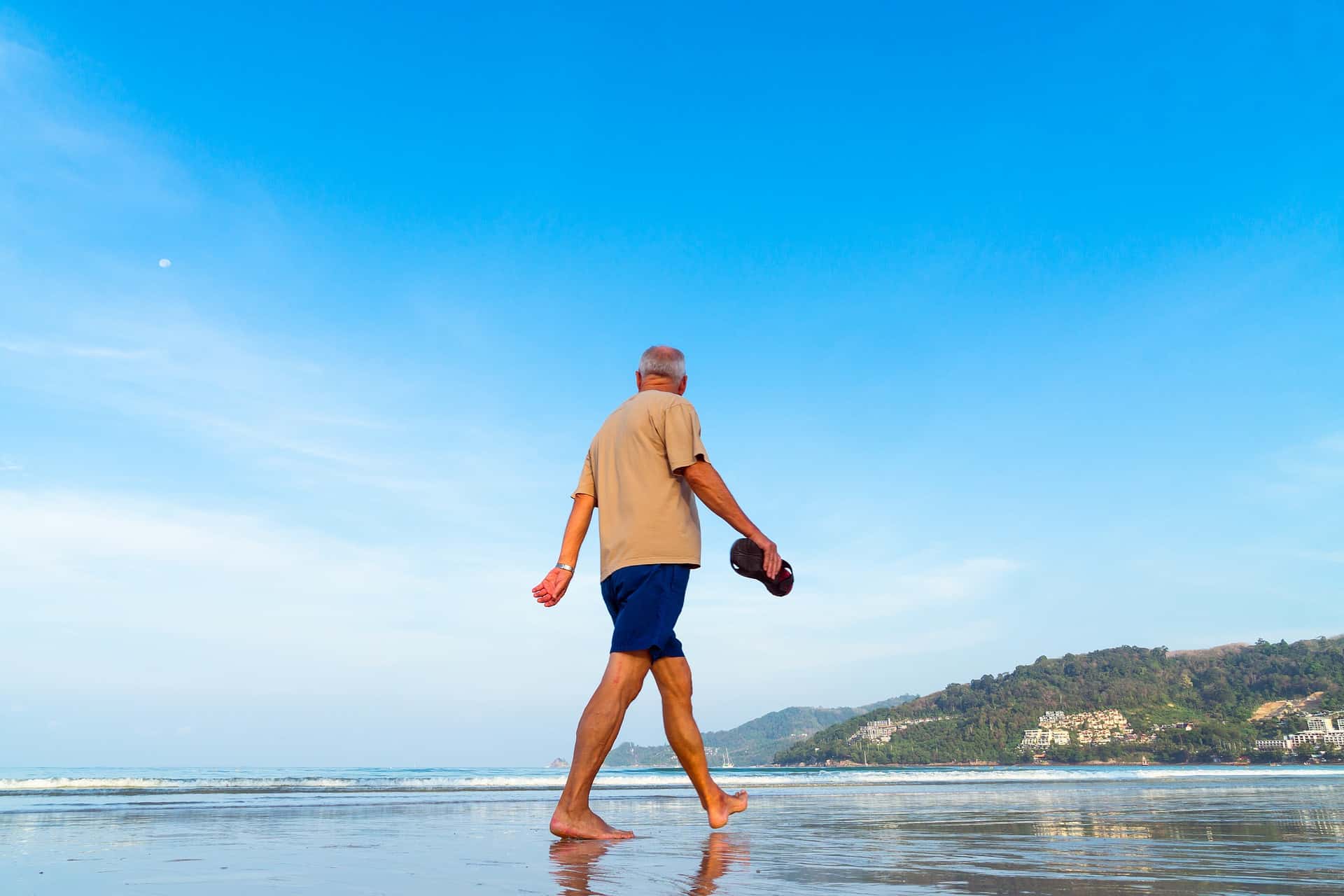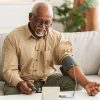
Aging affects the human body all the way down to the cellular level. However, the damage experienced by cells in aging muscles is especially severe, since these cells do not regenerate easily.
The good news is, the more we exercise as we grow older, the less our cells appear to age. In a recent study, people who exercised the most had biological aging markers that appeared nine years younger than those who were sedentary!
Another scientific study suggests that even certain kinds of exercises may undo some of the effects aging has on our body. According to the study, older people’s cells responded in some ways more robustly to intense exercise than the cells of the young did — suggesting, he says, that it is never too late to benefit from exercise.
The results of the study also indicated that the decline in the cellular health of muscles associated with aging was actually “corrected” with exercise, especially if the exercise was intense.
So, there are two lessons: if you’re aging, you had better exercise. And, if you can manage more intense workouts, do them. You may be able to reverse some of the effects of aging at a cellular level.
For Seniors, How Much Exercise Is Enough?
While many of us want to exercise, it’s not always easy to know where to start. So, if you’re 65 years of age or older, are generally fit, and have no limiting health conditions you can follow the guidelines listed below
Older adults need at least 2 hours and 30 minutes (150 minutes) of moderate-intensity aerobic activity (i.e., brisk walking) every week and muscle-strengthening activities on 2 or more days a week that work all major muscle groups (legs, hips, back, abdomen, chest, shoulders, and arms).
So, as a rule of thumb:
- Take part in at least 2.5 hours of moderate- to vigorous-intensity aerobic activity each week.
- Spread out the activities into sessions of 10 minutes or more.
- It is beneficial to add muscle and bone strengthening activities using major muscle groups at least twice a week. This will help your posture and balance.
4 Types of Exercise Everyone Should Focus On
Now that we know how much to exercise, the question is, what kinds of exercise should we do?
Generally speaking, exercise and physical activity fall into four basic categories:
- Endurance
- Strength
- Balance
- Flexibility
Most people tend to focus on one activity or type of exercise and think they’re doing enough. However, doing them all will give you more benefits. Mixing it up also helps to reduce boredom and cut your risk of injury.
Though we’ve described each type separately, some activities fit into more than one category. For example, many endurance activities also build strength. Strength exercises also help improve balance.
Endurance
Endurance, or aerobic, activities increase your breathing and heart rate. They keep your heart, lungs, and circulatory system healthy and improve your overall fitness. Building your endurance makes it easier to carry out many of your everyday activities.
- Brisk walking or jogging
- Yard work (mowing, raking, digging)
- Dancing
Strength
Strength exercises make your muscles stronger. They may help you stay independent and carry out everyday activities, such as climbing stairs and carrying groceries.
These exercises are also called “strength training” or “resistance training.”
- Lifting weights
- Using a resistance band
- Using your own body weight
Balance
Balance exercises help prevent falls, a common problem in older adults. Many lower-body strength exercises also will improve your balance.
- Standing on one foot
- Heel-to-toe walk
- Tai Chi
Flexibility
Flexibility exercises stretch your muscles and can help your body stay limber. Being flexible gives you more freedom of movement for other exercises as well as for your everyday activities.
- Shoulder and upper arm stretch
- Calf stretch
- Yoga
Tips to help you get active
Still, even just trying to figure out what kind of exercise to do can seem like a barrier to doing it in the first place. So, here are some handy tips to get you started:
- Find an activity you like, such as swimming or cycling.
- Minutes count — increase your activity level 10 minutes at a time. Every little bit helps.
- Active time can be social time — look for group activities or classes in your community, or get your family or friends to be active with you.
- Walk wherever and whenever you can.
- Take the stairs instead of the elevator, when possible.
- Carry your groceries home.
And always remember:
- Start slowly
- Listen to your body
- Every step counts
Classic LifeCare’s service offering includes companionship, which is a great way for seniors to get out or stay in and have someone to exercise with. Health Care Workers can accompany clients to the pool, on walks, or whatever other activities he or she enjoys.






